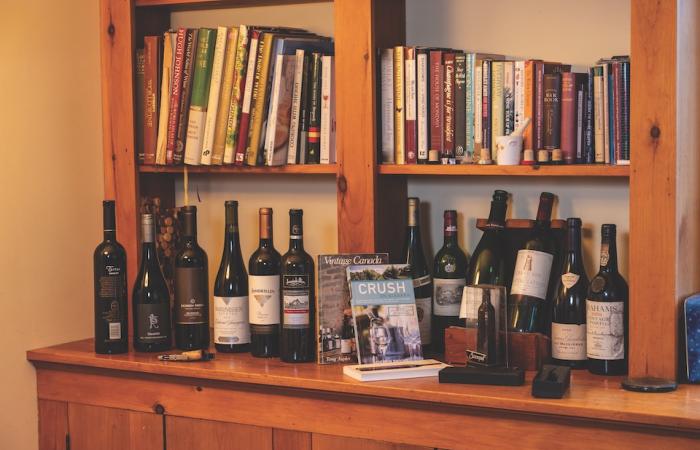Wine has been known since the dawn of civilization. The first thing Noah did after the flood was plant a vineyard and get drunk (Genesis IX: 20, 21). The oldest recorded proof of winemaking comes from the Caucasus region, over 7,000 years ago. Certainly viticulture thrived in Sumer and Babylon, the ancient cradles of civilization, and worked its way westward across Europe with the exploring Phoenicians, Greeks and Romans. Those lands remain the primary source of great wine today, with Italy, France and Spain leading the world in wine production and consumption.
The first Europeans to visit Canada over one thousand years ago, the Vikings, called this land Vinland because of the grape vines growing in profusion. Later, during the era of European colonization, settlers were delighted to arrive and encounter these wild grape vines. To their dismay, they discovered that these vines made really bad wine. The grapes are sweet, and make good juice or jelly, but the flavour they impart to wine is decidedly unpleasant. Botanically, these are two distinctly different species of grape: Vitis vinifera in the old world, Vitis labrusca in the new.
The settlers tried bringing grapes from their former home, but those vinifera vines withered and died wherever they were planted. Centuries would pass before the reason for this failure was discovered, when infestations of phylloxera, the vine louse, travelled from America to Europe and devastated the vineyards there. Eventually, the solution was found: by grafting the delicate vinifera vine shoots onto sturdy labrusca rootstocks, two problems were solved at once: the European vineyards were saved, and the secret of making good wine in the New World was found.
Today, wine from the new world rivals that from the old, in both quantity and quality, but here in Canada, our harsh northern climate proved a barrier. Canada became known as a source of quite poor wine from not very good grapes. These wines were often labelled with purloined classic names – Chablis, sherry, port, champagne – and shamelessly marketed as such only here at home.
The advent of free trade with our American neighbours precipitated the crisis that changed Canadian wine forever. As that international trade deal progressed, makers of the bad old Canadian wine knew their days were numbered: high quality American wine from California would invade our domestic market. Can you imagine – well-made drinkable wine at affordable prices! But that same crisis that put those bad old wineries out of business spawned a new industry: fine Canadian wine. In the new highly competitive free trade marketplace, only the nimble could survive. Quality product was the answer!
Standout pioneers in this transformation were Don Ziraldo at Inniskillen winery and Paul Bosc at Chateau des Charmes, who showed that, with the right selection of rootstocks and shoot clones, and planting in carefully selected sheltered sites, they could make very fine wine. And they did! You can buy their wines here today, and now hundreds of others have followed their lead. Today there are some 150 wineries right here in Ontario, and more are spreading across Canada, from coast to coast. The dominant region, by far, is Ontario’s Niagara Peninsula, and that is where we shall begin our exploration of the wines of home.
At the outset, one essential point: when seeking fine Ontario wine, always look for VQA prominent on the label. This is your assurance of a quality wine made entirely from vinifera grapes grown in Ontario. Despite the progress, we still have wineries here making that bad old-fashioned wine – and life is too short to drink bad wine!
© Paul Inksetter 2023


